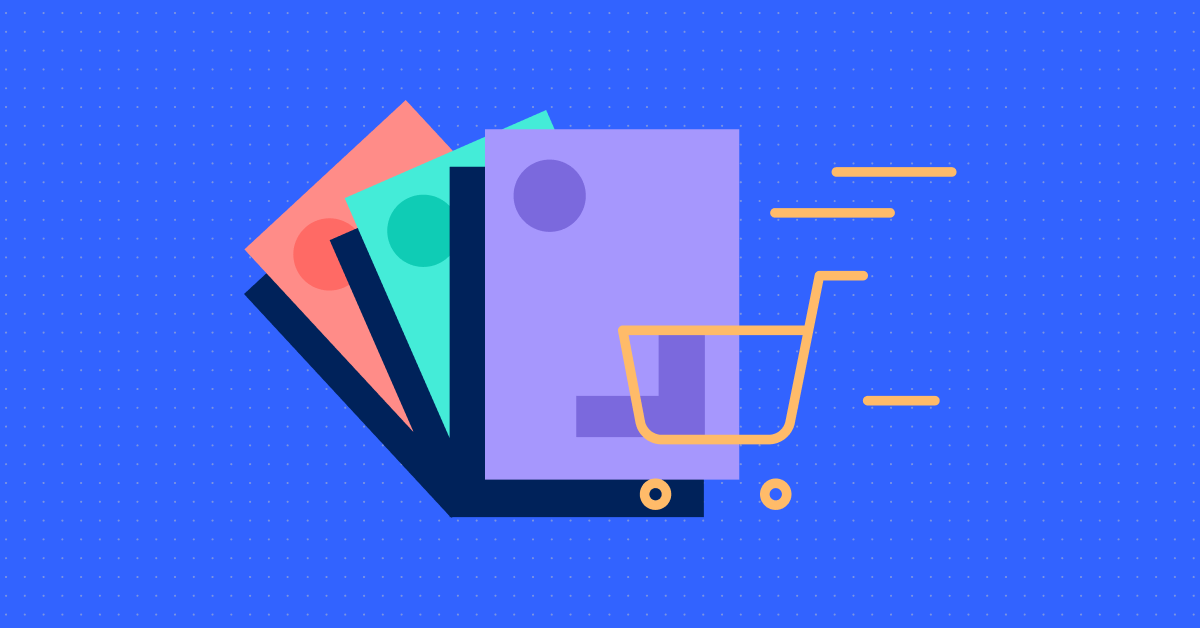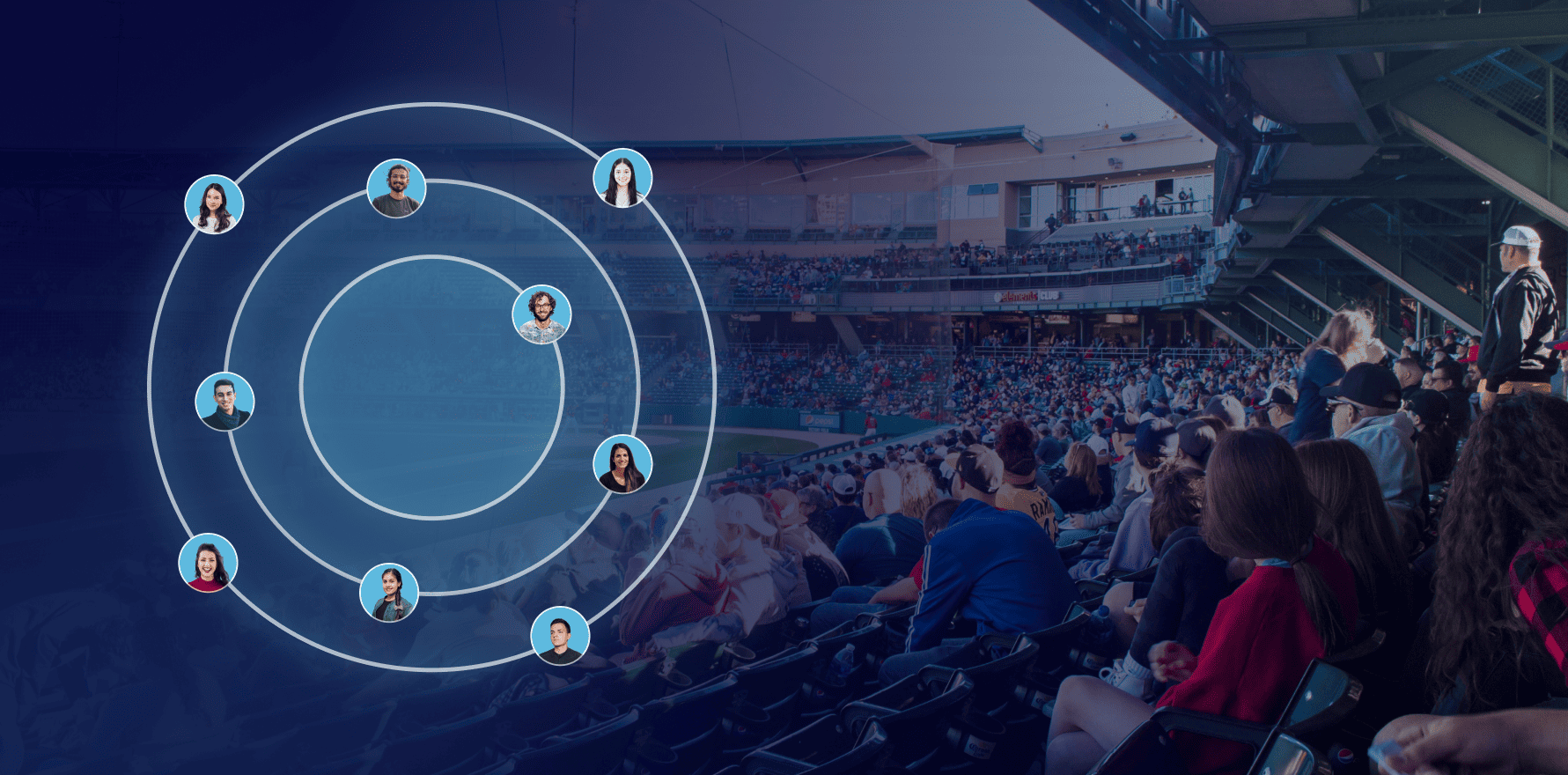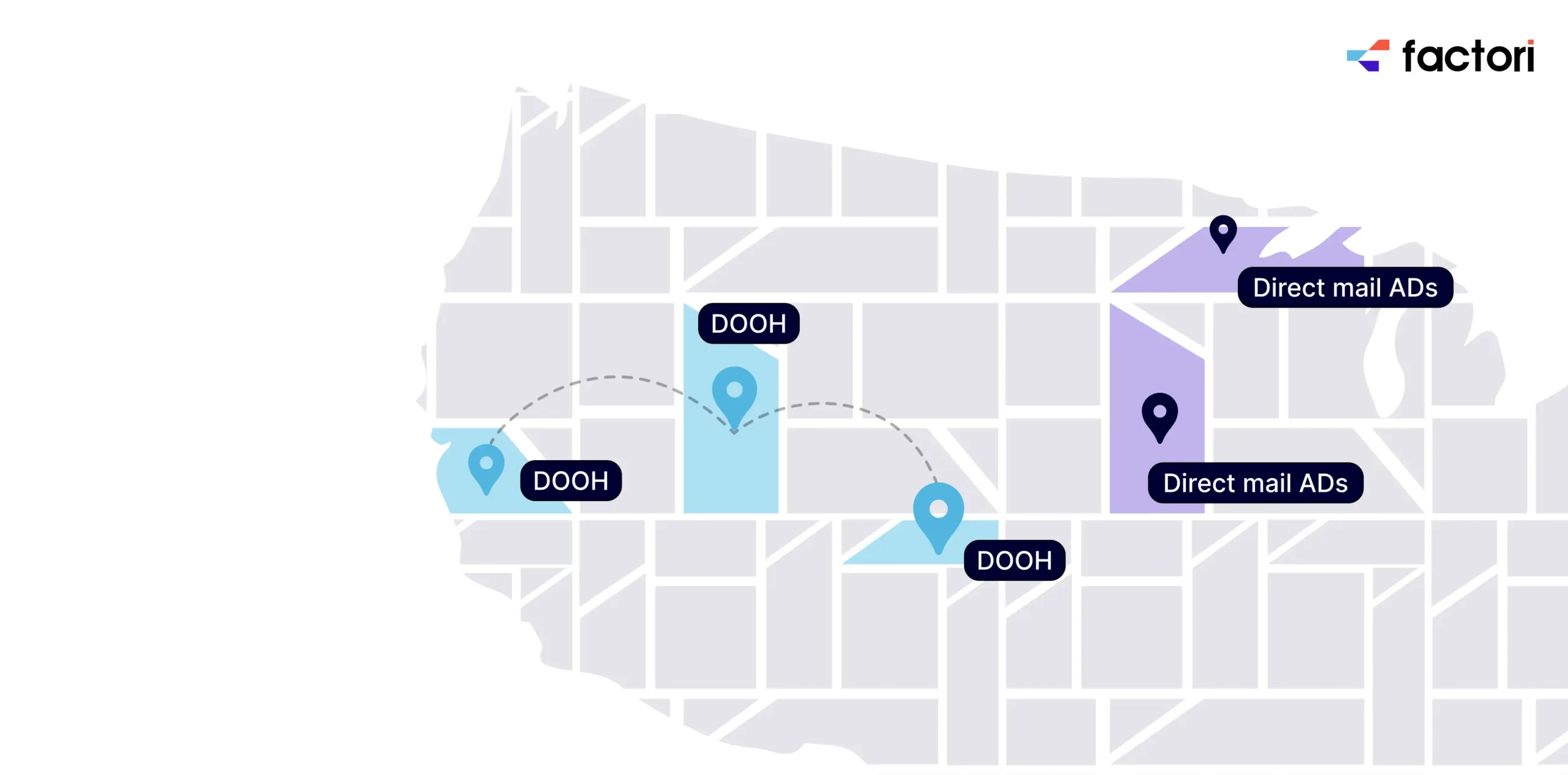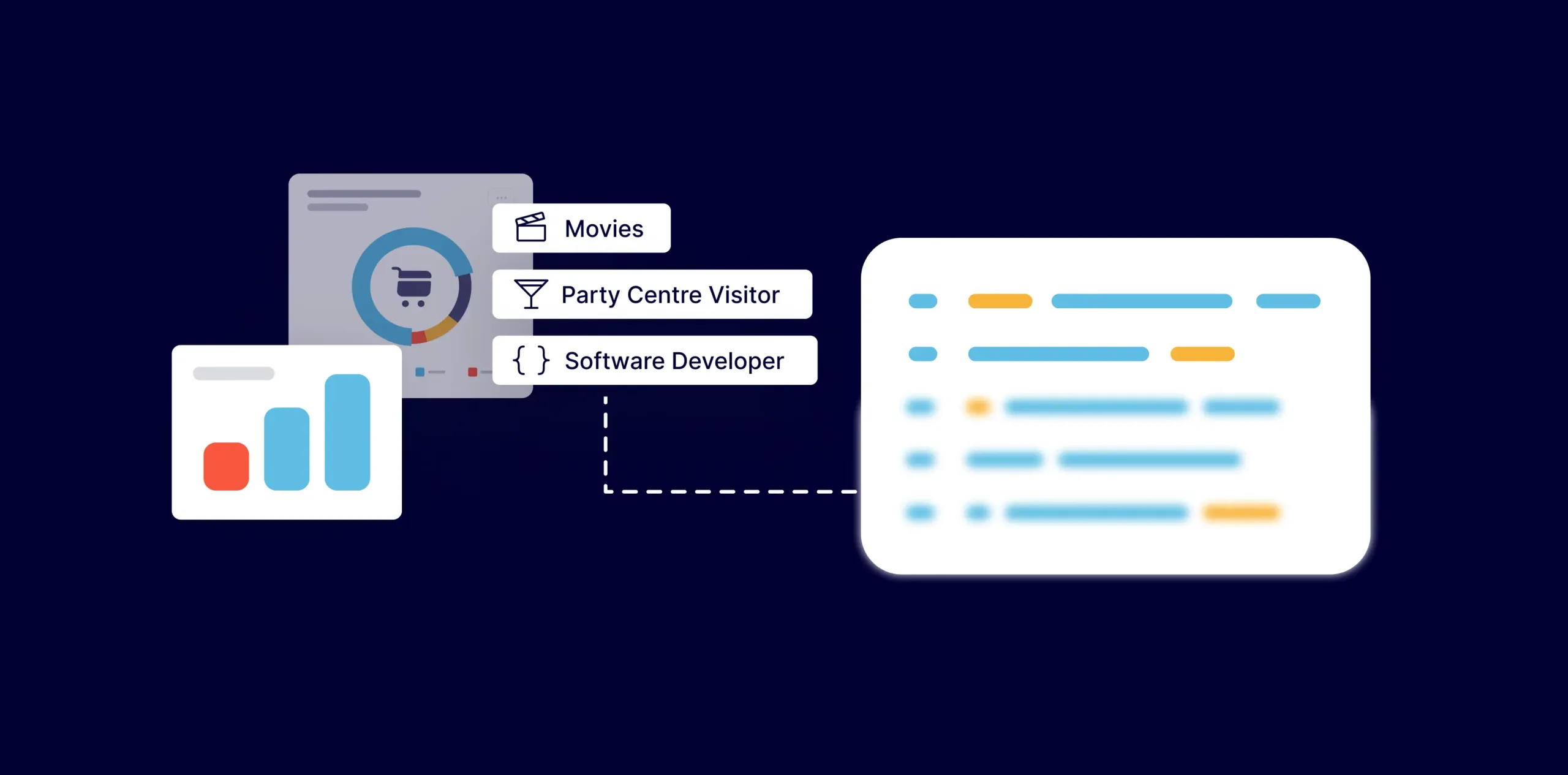Data enrichment is the process of enhancing, adding to, or refining data points so that a brand may create detailed sales funnels and targeted advertising strategies to forge connections with its customers. Data-backed advertising strategies are efficient and scalable.
Why Do I Need to Enrich Data?
Data enrichment can achieve one or more of the following customer-centric objectives:
- Enhanced personalization
- Targeted ads
- Omnichannel measurements
- Overall improved customer intelligence
Data Enrichment in E-commerce
E-Commerce companies can significantly take advantage of data enrichment due to the sheer amount of customer data available in the open web and within walled gardens. Using data enrichment platforms like Factori, a brand can establish high ad returns.
Here are three use cases deciphering how a brand can leverage data enrichment for better customer experience and, as a result, obtain high ROI on marketing spends:
USE CASE 1: Segment Customers, Or Lament Later
You are a global skincare brand with omnichannel marketing strategies. You have a strong presence on all major social media platforms (you also have an app, which is a rich source of first-party data and a golden ticket for data enrichment). You also command a high following for your email newsletter.
Despite immense data at hand, you are not able to reconcile customer data across all these channels. You seem to have all the puzzle pieces but do not have a way to put them together. Therefore, you are not able to pinpoint those who are interacting with your ad campaigns.
The issue here is that the data points are not interacting with each other. Data can be enriched through real-time processing and segmented according to demography, behaviours, preferences, etc. Brands can have all the data globally, but it will not lead to any gains if its not optimized well.
Segmenting audiences through tracking campaigns in real-time will lead to sophisticated customer segmentation. With each segment delineated, the brand can focus on building specific ad creatives that uniquely target that segment.
Once you have segment-specific marketing campaigns, your engagement will increase, and you will boost your returns, all through effective data enrichment.
Outcome:
Ad retargeting became more manageable due to increased engagement stemming from relatability with the ads. Personalized targeting requires a vast depository of structured data, and achieving the same without data enrichment tools can be tedious.
USE CASE 2: Hyper-personalization – Make Your Customers Feel Special
You are a popular online eyewear brand with a bustling community of followers on Facebook. You have also partnered with an influencer who posts photos with your products on their Instagram feed. You are constantly getting site visits as well as queries regarding your offers through direct messages.
Although you seem to have a sizable following across social media channels, their interest often fizzles out after the initial few interactions or site visits. Many potential leads disappear with no purchases. Therefore, your ROI is not where it should be.
Deep personalization is no longer an added layer of customer engagement. It is a necessity. Customers love to feel heard, and the best way of doing that is personalizing your communication with them to such an extent that their buying journey has to conclude with a purchase.
You cull out real-world audience data points related to their likes, dislikes, lifestyles, favorite communication apps (why call potential customers who prefer chatting on Instagram?), favourite content sites. Use AIDA (Attention, Interest, Desire, Action) at every stage of interaction with them – it is the Holy Grail, isn’t it? Data enrichment will enable your brand to take personalization beyond addressing customers by their names.
With this superior personalization, the ROI of your ads will go through the roof.
Outcome:
You have created a special relationship with each customer, and their initial interest and attention that was apparent in their social media interaction with you have now been converted into action, i.e., sales.
USE CASE 3: Clone Your Customers To Clone Your Returns
You are a regional e-commerce store for fitness gear with a steady following on social media and a successful mobile app, which is a goldmine of first-party data.
You have a product launch coming up and want to scale up your customer reach before the launch since currently, you are serving customers concentrated in a single region. There is scope to expand to similar demographics.
By combining data enrichment with lookalike modeling, you can unlock new demographics to scale your campaigns. Through lookalike modeling, you can gain insight into which customers and their lookalikes visit high-end fitness gear websites and high-end gyms and clubs.
These lookalikes are more likely to switch over to your brand. You can target them with unique ads and promotions inspired by what worked on your existing customer base.
To penetrate completely new markets, you need to enrich your data with relevant customer details based on specific buyer personas and lookalike modeling.
Outcome:
You can unlock new customer pools through lookalike modeling, thus increasing your online sales.
Ready to Take the Leap?
Customer experience has become a make-or-break factor in the advertising ecosystem. And the only thing that powers your customer experience in this day and age is customer data. Therefore, constantly updating this data is a crucial exercise. Want to use data enrichment tools to optimize your data and drive your ad returns?
You may also like








